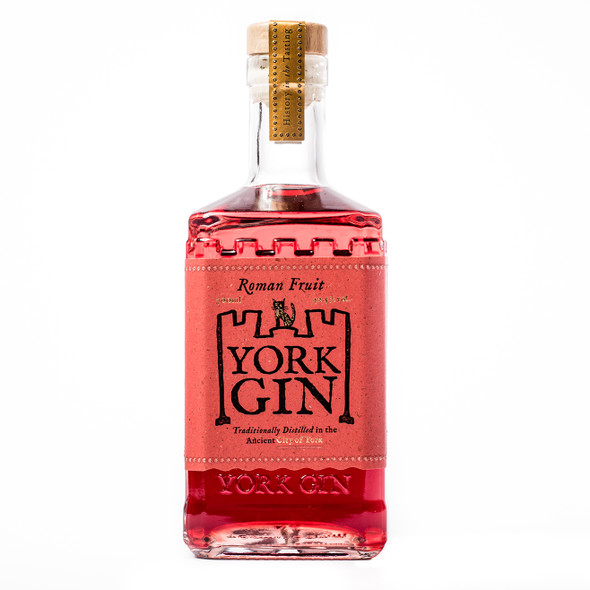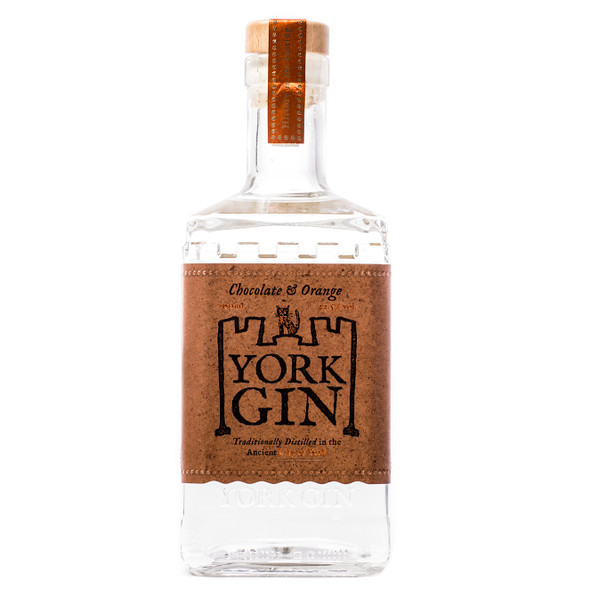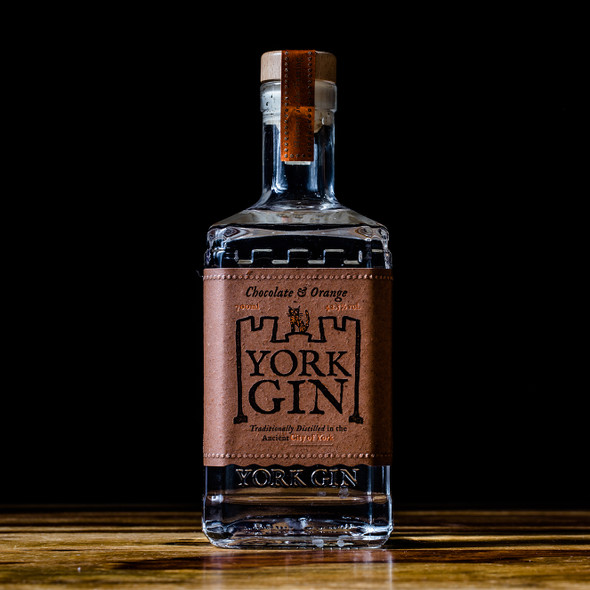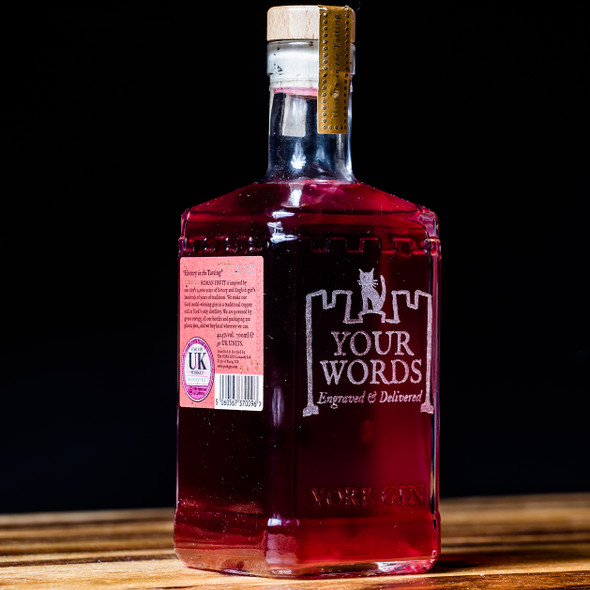Best Rhubarb Gin
TASTING NOTES & AWARDS FOR THIS RHUBARB GIN
Sweetness and tanginess of rhubarb complement earthy juniper in this pink gin.
This rhubarb gin is faithful to the unique tangy flavour, and is just sweet enough.
A flavoured gin at 42.5% ABV. The best rhubarb gin around!
The Gin Guide has named it as one of the best rhubarb gins around.
Silver Medal Winner - World Gin Awards 2024
PERFECT SERVES
Rhubarb & Ginger:
Gin, ginger ale, lots of ice. Garnish with strawberries or orange slice.
Rhubarb Gin Fizz:
In a champagne flute, add York Gin Rhubarb and fill with Prosecco or Champagne.
Garnish with fresh strawberries or raspberries.
Rhubarb Gin & Tonic:
With a premium light tonic, plenty of ice and a strawberry or orange garnish.
MORE DETAILS
York Gin Rhubarb celebrates this quintessentially English flavour - delightfully sweet and fruity tanginess. This is the best rhubarb gin around!
Fresh Yorkshire rhubarb combines beautifully with seven classic botanicals including juniper, grains of paradise and angelica to create complexity, depth and balance. The natural sugar syrup added after distillation provides just the right level of sweetness.
We've taken as our inspiration Yorkshire's famous Rhubarb Triangle, an area of seven square miles in West Yorkshire (only a few miles from our ancient city) where forced rhubarb is picked by candlelight to protect the delicate stems. Deprived of sunlight, it develops an extra sweetness of taste and a deeper pink hue.
This rhubarb gin is a superb example of this popular category of gin. It makes a delightful G&T with either elderflower tonic or premium light tonic. Add fresh raspberries, an orange slice or even fresh rhubarb for your garnish. Ginger ale or ginger beer also make ideal mixers, creating a classic combination of flavours.
We hope you'll agree it's the one of the best rhubarb gins on the market.
BOTANICALS IN THIS RHUBARB GIN
Juniper, Fresh-cut Yorkshire forced rhubarb, Coriander, Orris root, Cinnamon, Angelica root, Grains of paradise, Black pepper. (Extract of rhubarb & Sugar added after distillation).
































